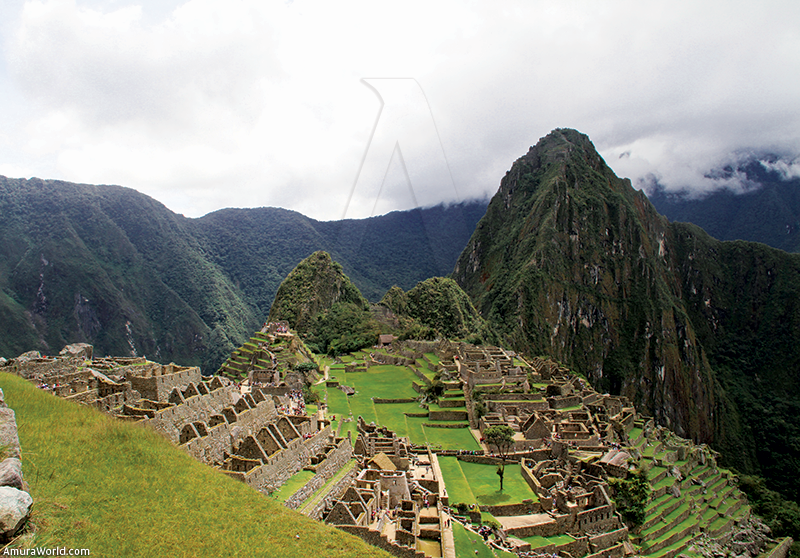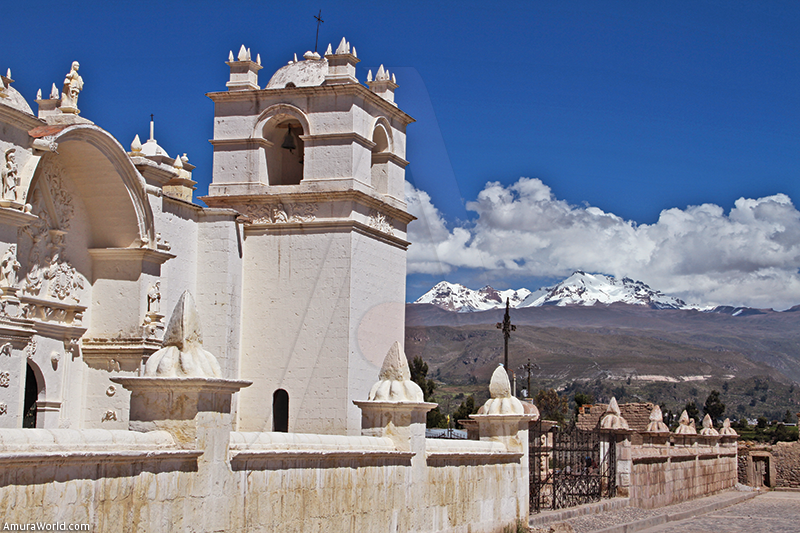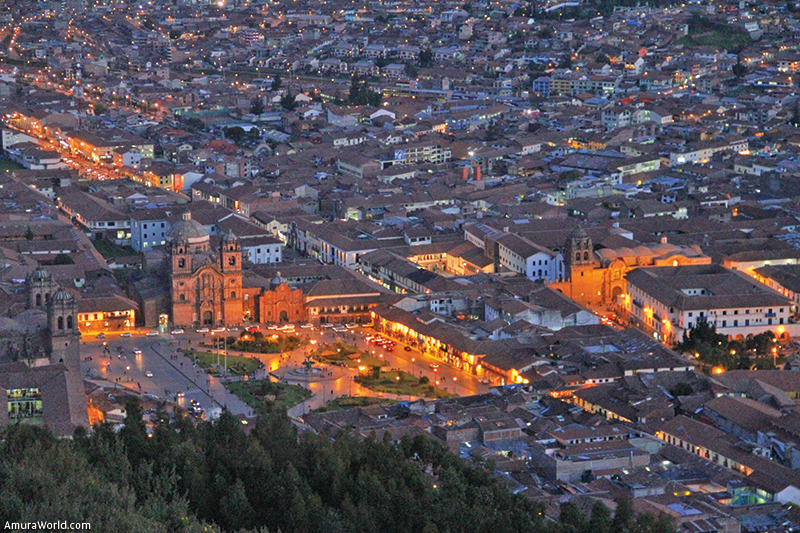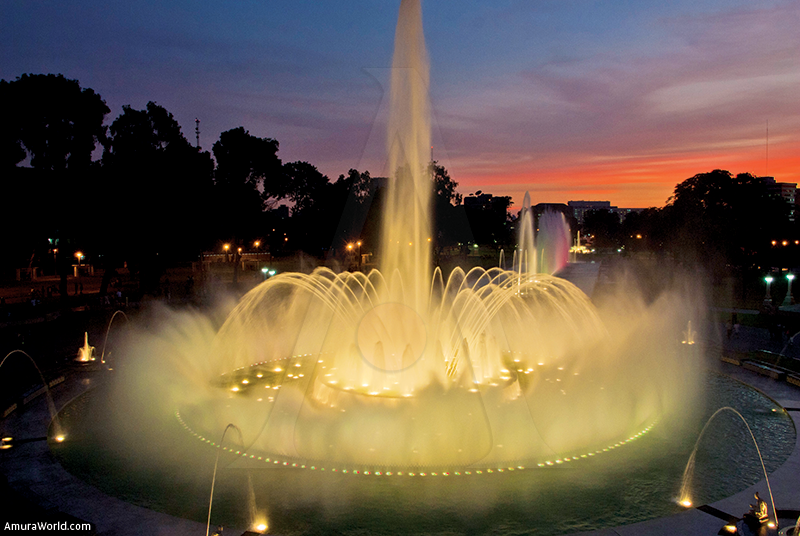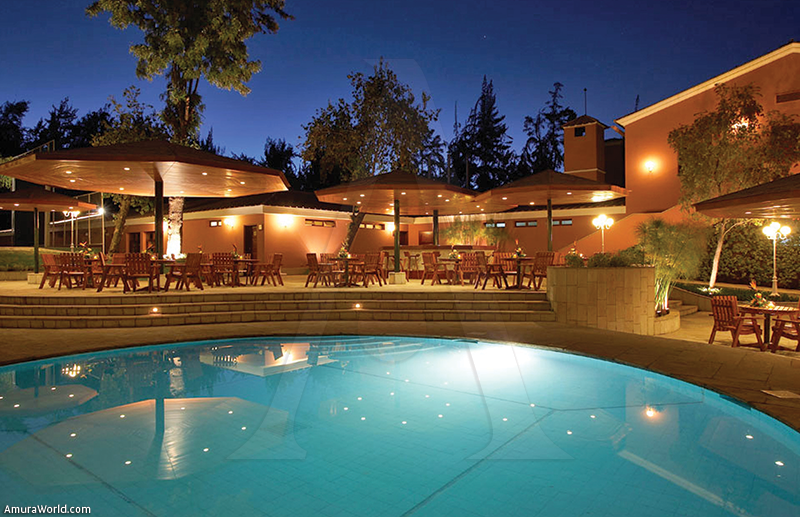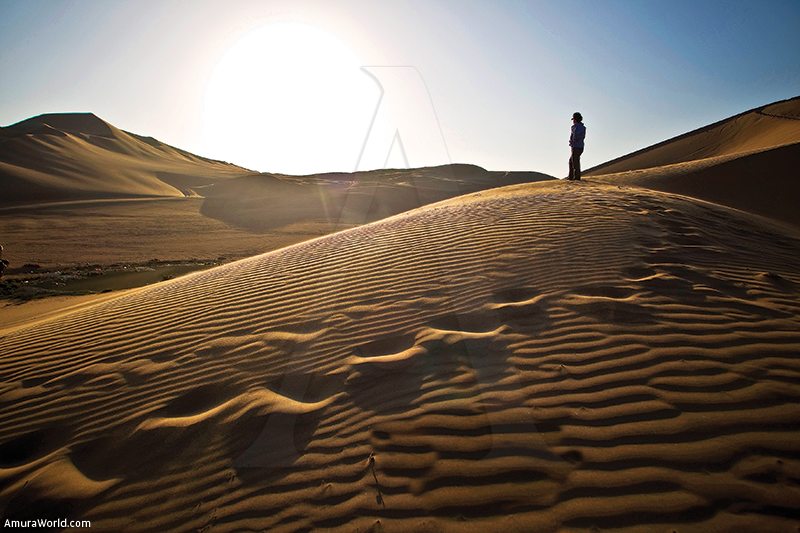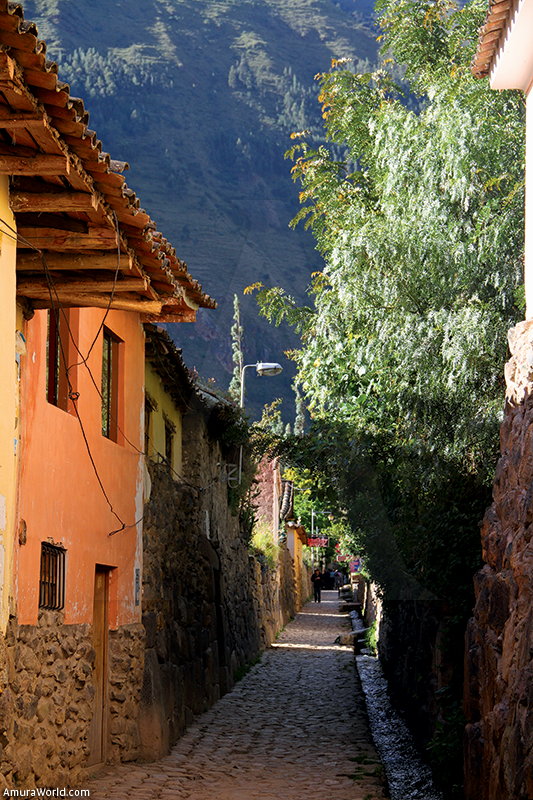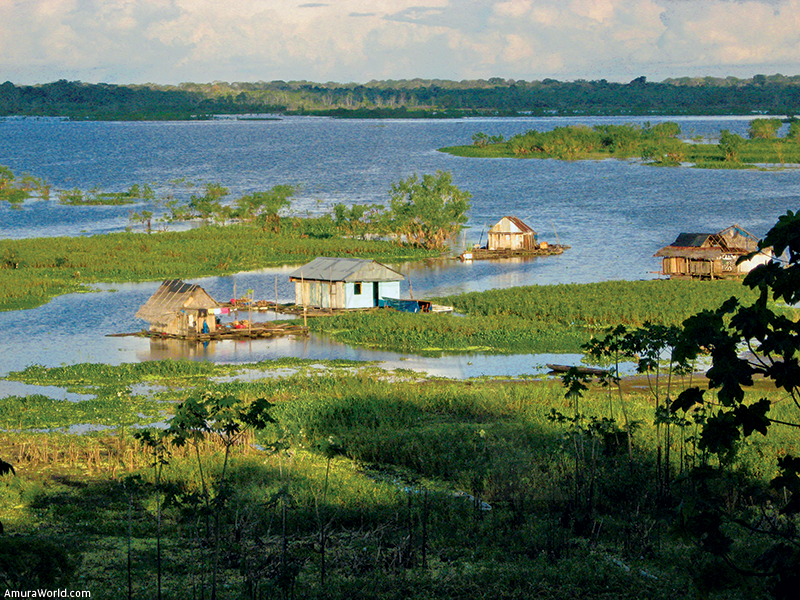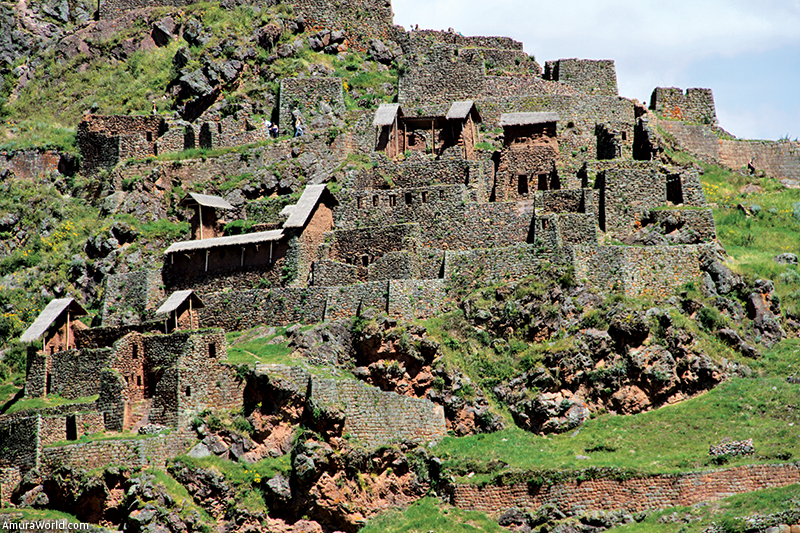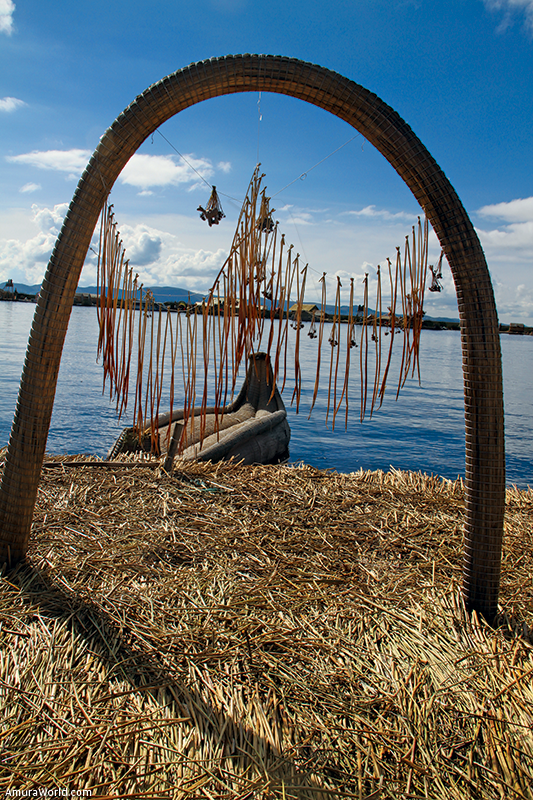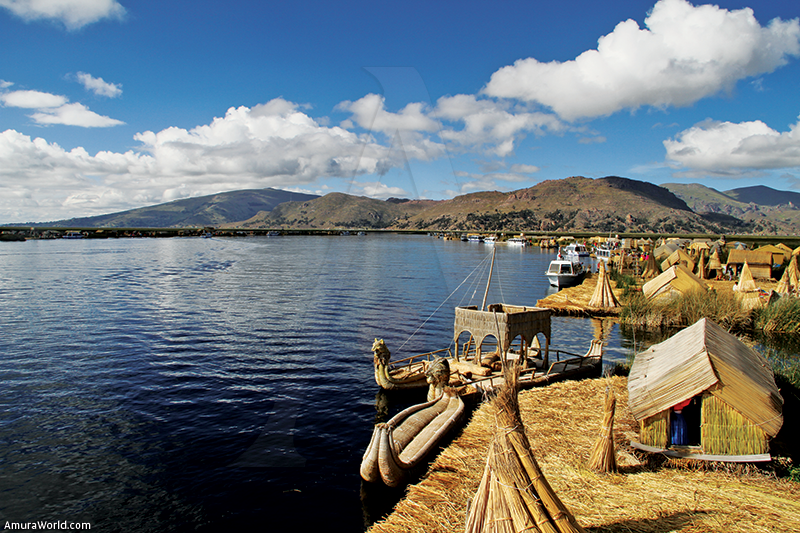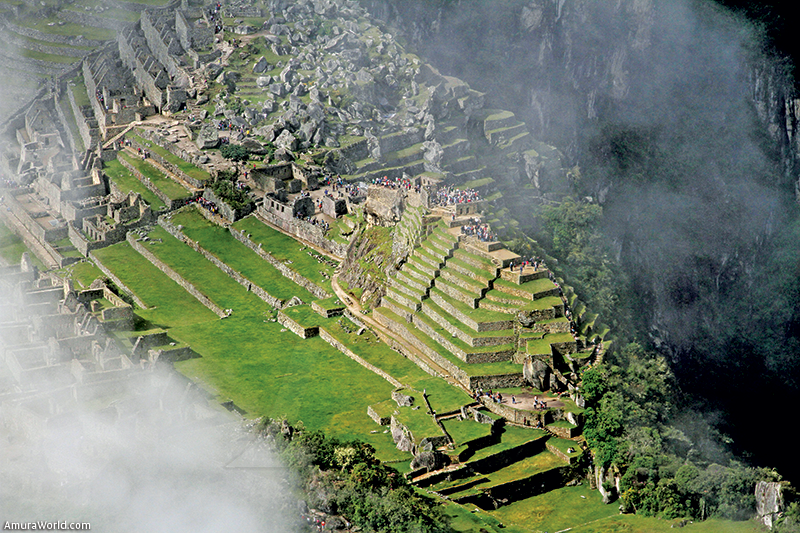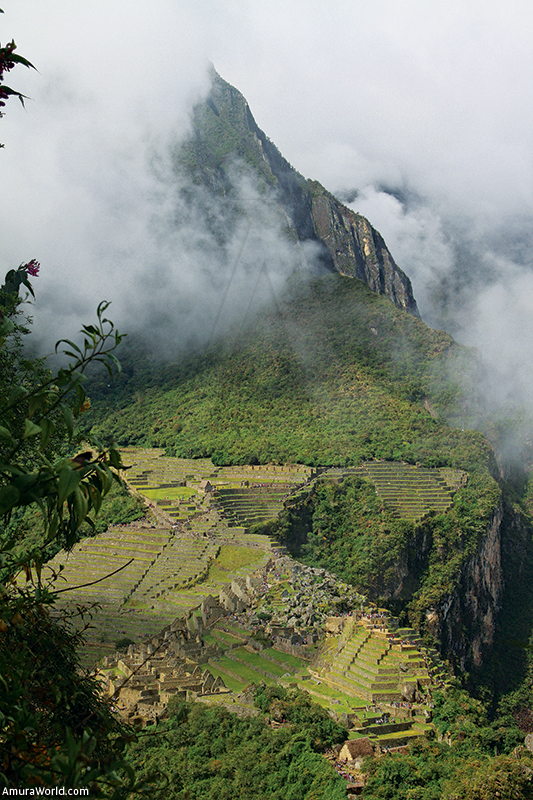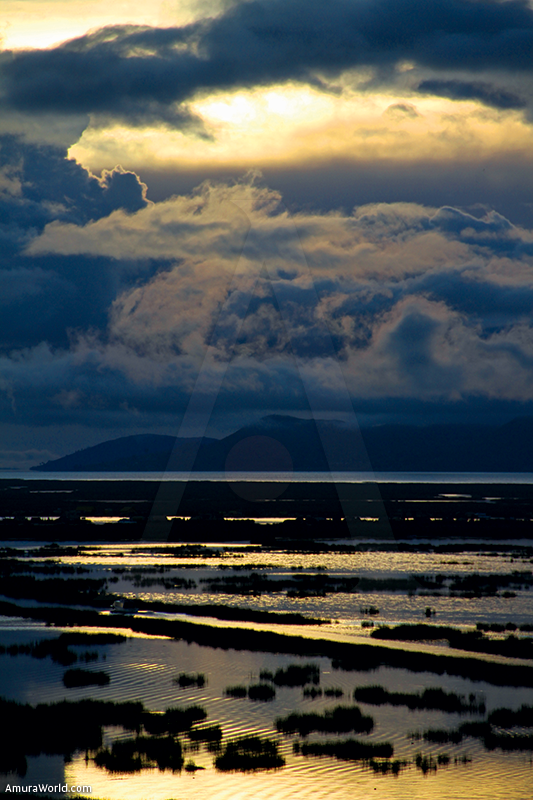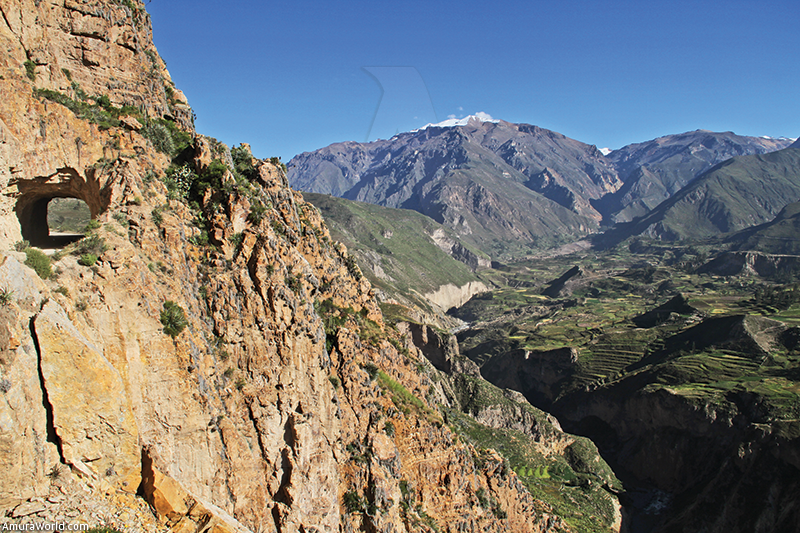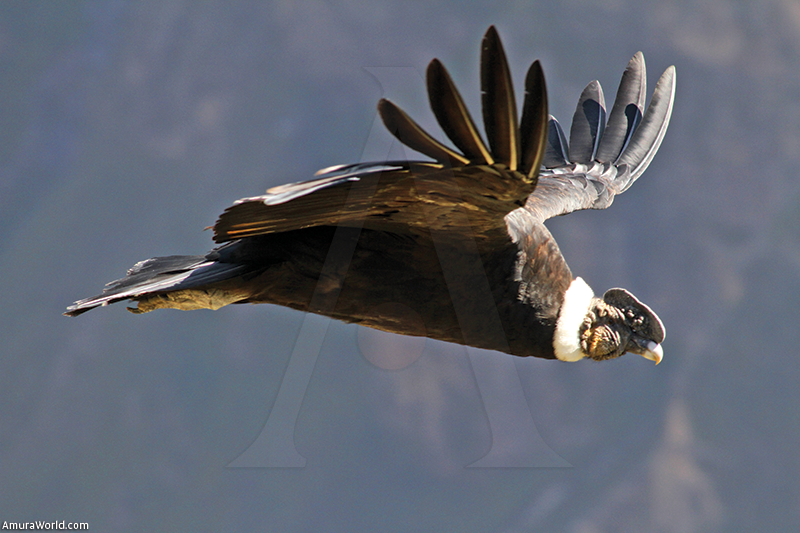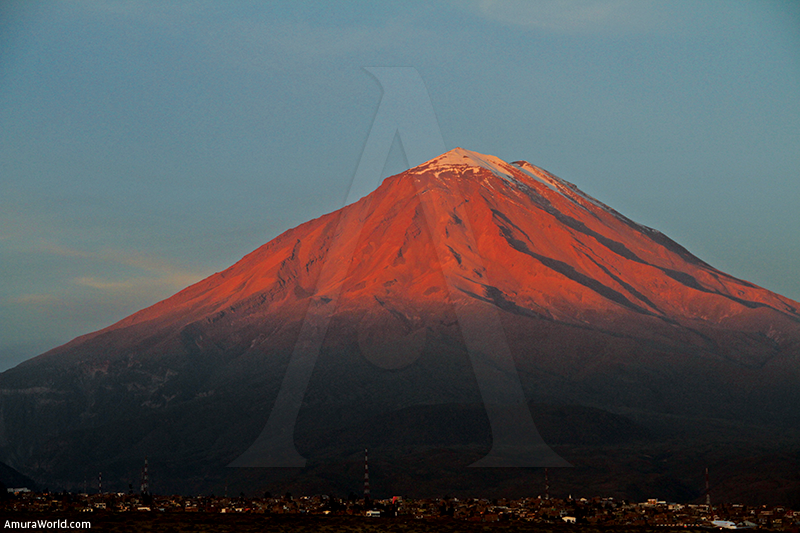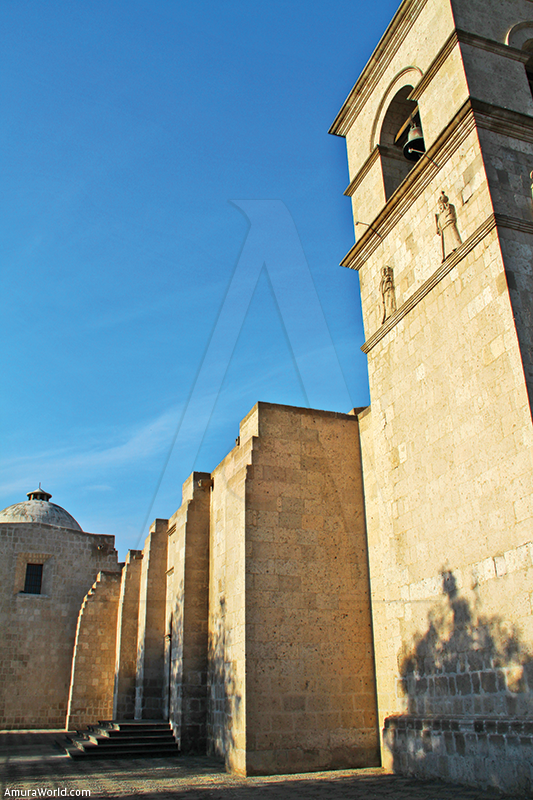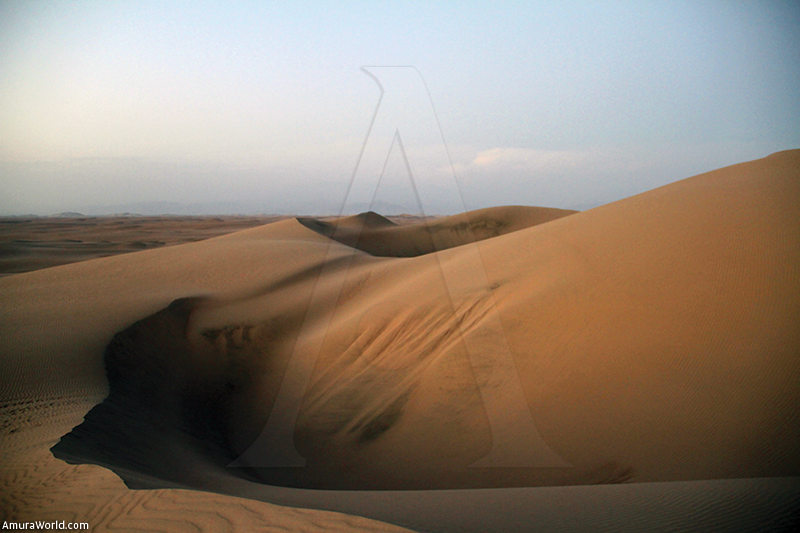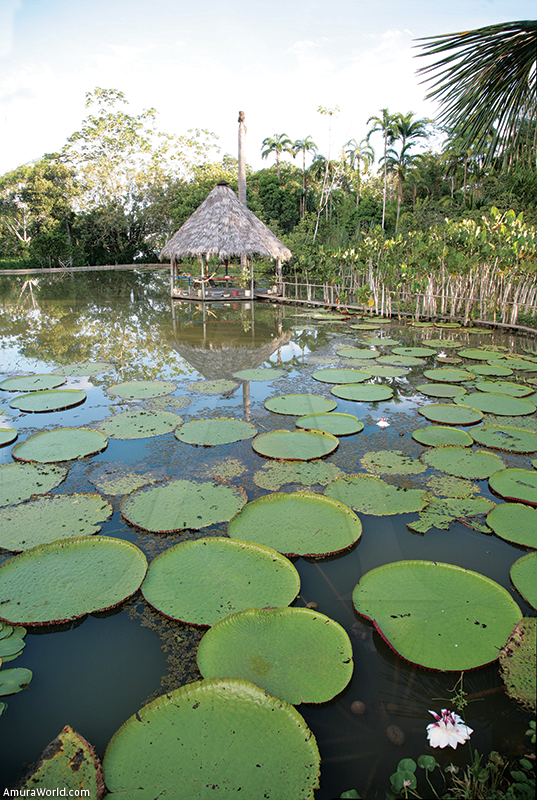{socialbuttons}
Peru is a country that surprises and charms for its rich culture, history, and landscapes ranging from desert to jungle through the snowy peaks of the Andes. We planned this trip with the goal to rediscover the world of the Incas in an original way, installed in the best hotels in the traditional circuit, traveling by train, plane and car. Everything was ready to lose on the gems in the past, set in an elegant bubble present. We were testing a new way to vibrate and thrill in the traditional route in Peru, paddling on the waves of an exceptional journey.
Lima
When the plane landed in Lima, we felt the cold air from the sea and coastal large waves, islands emerged from the mist, and the cliffs guarding the beaches.
Discovering Lima is a succession of pleasant surprises that lead us to walk through the neighborhood of Miraflores and its elegant shops, parks, shopping centers, restaurants, art galleries and craft shops. Meanwhile, nearby neighborhoods such as San Isidro and Barranco are very nice to experience the beauty of the capital, while the port of Callao intrigues with its fishing environment where we can find the best places to eat seafood.
The historic center fascinates with its attractive architecture of ancient wooden latticed balconies, from the simplest to the most baroque. In the Plaza Mayor, the beautiful buildings flaunt their balconies such as the magnificent Archbishop’s Palace next to the cathedral, opposite the Palace of Government.
We visited the convent of Santo Domingo, which looked magnificent courtyards adorned with bows and fine tiles brought mainly from Spain, we find the tombs of Santa Rosa de Lima and the remains of St. Martin de Porres. In the convent of San Francisco, stunning catacombs discovered the remains of monks and civilians, with a carved wooden ceiling in the Mudejar style crowning the staircase and magnificent colonial paintings. The elegant Plaza San Martin loved his center and beautiful white buildings and the baroque church of La Merced.
We visited the Larco Museum, which holds a collection of Moche art, Huaca Pucllana (adobe pyramid) and the Museum of Gold. At the Mesa 18 restaurant crab cannelloni tasted the and ceviche with passion fruit leche de tigre, happy to enjoy Lima, a city where people eat so exquisite.
Cusco
The plane flew over the snowy peaks and deep valleys of the Andes, offering a sublime panorama before landing in the valley of Cusco. Just arriving there, one must adapt to the 3.399 meters high height the city is. We spent our first day leisurely walking through the streets where they mix the remains of Inca walls with colonial houses, the craft markets, the Plaza de Armas and enjoying the lovely people.
When the sun rose the next day over the old capital of the Inca empire, we strolled through the alleys to discover some charming places like the Hatun Rumiyuq street, where colonial houses, such as the Archbishop’s Palace, are constructed with stone walls dating back to Inca times, made of enormous hand-carved stones that fit together perfectly without cement.
We got in the neighborhood of San Blas, where artisans are concentrated in steep alleys, surrounded by colonial houses, and whose parish is the oldest of Cusco. The Convent of Merced stands out for its Baroque and Renaissance style cloisters, whilst the cathedral features inside impressive altars, colonial silverwork and very representative fascinating paintings from the Cusco School. One of the paintings, rather than representing the lamb as the main dish, in the pan roast which is a national dish of Peru.
Koricancha temple was the shrine dedicated to the Sun god and its stone walls had been covered with gold by the Incas. On this structure was built the convent of Santo Domingo, adding the baroque tower, the stone enclosing the two religions infiltrated by a multitude of symbols and one of the rooms look at the art works of Cusco. The Jesuit church, built in 1576 on the basis of sample Amarucancha colonial baroque style at its best, wears a facade of carved stone and wooden altar covered with gold leaf. That church, along with the cathedral, makes the Plaza de Armas one of the most beautiful in America.
By the end of the day, we went to the ancient ceremonial Inca fortress of Sacsayhuaman, an stronghold that boasts impressive megalithic walls, in a magnificent setting at 3,700 meters high, amid flames and hawks, and offers a magnificent view over Cusco. We were impressed by the size of the stones that make up its walls and how they were transported and carved perfectly to fit together without any room for herbs to grow, including ruffled by angles that fit into identical holes. The site had towers, temples, esplanades, and was aligned with the other temples of Cusco.
On a clear, starry night, we wandered through the streets of Cusco, watching an impressive Easter procession following the Christ of the Earthquakes being carried on the shoulders of the brotherhoods. Cusco is a real treasure nestled in the middle of the Andes, in their churches the Inca heart still beats, whilst the outlines of the conquerors and the emperor Atahualpa are drawn upon its stones.
Sacred Valley
We left Cusco early to go the mountains, and visit the mystical Inca site of Kenko and its semicircular amphitheater with tunnels, its maze and the dumb stone that was probably an altar where worshipers prostrate before Inti or Sun god and Pacha Mama or Earth goddess. We went ahead passing through the Puca Pucara military post guarding the roads that lead to Cusco and then the Tambomachay water shrine where fountains keep springing after more than 500 years, a perfectly designed site with water channels, aqueducts and waterfalls. We stopped at Awana Kancha, the living museum of the Andes where we interacted with llamas and alpacas, saw vicuñas and condors. We also witnessed the Andean artisans producing fine and colorful fabrics.
We got to the Sacred Valley at Pisac, where we visit the Inca fortress, and admired its vertiginous terraces and barns attached to the Cordillera Vilcabamba, ruins of houses and gates, their graves and corals for which. Its location and the work needed to built it make the site an impressive place to visit. In the valley we found the colonial village of Pisac and its craft market.
Following the stormy Urubamba River, we discovered the villages of Lamay, Calca and Urubamba, noticing the typical rural life in the valley, reaching Ullantaytambo where we walked through the alleys that had been built by the Incas and where water channels are next to the ancient walls. We also visited ancestral houses with courtyard and guinea pigs yards, and later we went to the archaeological zone attached to the mountain, traveling the terraces, the remains of temples and enjoying the breathtaking view over the valley.
Hiram Bingham, Machu Picchu
In the morning we boarded the Orient-Express Hiram Bingham train, which was waiting at the door of the hotel, inviting us to a glass of champagne or pisco sours at the bar. We settled in total luxury, we had reserved our table, we visited the open car in the rear of the train, enjoying a wonderful service. The train started quietly and followed the river, amid the breathtaking mountains, offering an exceptional panorama, and promptly enticed us to feel at other times, when train travel was a luxury and joined Orient-Express London to Venice. We had lunch while we were admiring the wonderful scenery that paraded, the mountains adorned with some ruins, villages and fields, the river roared louder.
We went down to Aguas Calientes, a town nestled between steep mountains that lives on tourism, where the bus took us to the small museum and orchid garden before we got on the Orient-Express Sanctuary Lodge, a hotel hidden in the forest at the entrance to Machu Picchu. We enjoyed a privileged view of the archaeological site and the majestic backdrop of rugged mountains, pierced by the violent river, and on its enchanted gardens we found a great variety of orchids and hummingbirds.
We enjoyed the quiet afternoon, admiring the landscape or walking along the road through the jungle. The next day was foggy and rainy but we set out early to the ascent of Huayna Picchu, the peak that rises in front of Machu Picchu, covered with an orchid-ornamented jungle. We went through the temple of the moon and reach the summit at 2,667 meters in height after two hours of rough road, very steep and sometimes dangerous. Slowly, the fog gave and suddenly Machu Picchu appeared before us, with its terraces and temples, creating a play of light and shadows that crept over the walls of the great ancient city of the Incas. It was a magical moment, surrounded by one of the most beautiful in the world, full of energy emanating from the mountains sacred and mystical ruins that I had dream about so many times.
We got to visit the site with its temples, rooms, esplanades and large stones that distinguishes it, discovered the Inca Bridge, Intipuncu (Sun Gate), admiring the world that emerged from the past with its mysteries and history. The ruins are fascinating, but much more remarkable is the place where they are located, in a breathtaking mountain slope that defies gravity and clouds coming from the Amazon.
After lunch and one more time enjoying a ride through the archaeological site in the afternoon, we went down to the station to board the Hiram Bingham at 5:30 where we were served an elegant dinner with champagne and wine while the wagons travelled through the dark under a starry ceiling.
Andean Explorer and Lake Titicaca
The next day we took the Orient Express Adean Explorer train to enjoy the journey along the plateau stage, stopping at the La Raya pass at 4,313 m, where the tops touch the clouds. The long journey took all day, but worth it for the beauty of the landscape and to discover the highlands with short grasses, lagoons and villages. At night we reached Puno on the shores of Lake Titicaca, at 3,812 m, where we stayed at the Hotel Libertador, located on an island with a superb view of the legendary lake.
At dawn, the calmed lake was colored with unreal red and purple tones that slid on the surface. We spent the day sailing on the lake to visit the Uros, who live on floating islands made of reed stalks, with houses and boats made of the same material, an intriguing people that live from fishing, handicrafts and tourism. They have created a true floating village whose houses are reflected in the dark blue water of the lake, painting with bright colors of their textiles and clothing. The manufacture of these islands is fascinating, creating several layers of reeds that tie with stakes driven into the lake bottom.
We reached the island of Taquile, planted with few trees and crops, and we went to town to attend a procession of women dressed in black and red, and men with fine hats, and hear the songs in Quechua in the church. The people celebrated a Holy Week procession and the stage bathed in music was a dream created by the gods of the lake. We ate fish from the lake in front of a spectacular view, under the relentless sun that just frightened the icy breeze, and it was fascinating to watch the faces of people with their red cheeks and sparkling eyes which reflects the deep blue water and of air.
Colca Canyon and Arequipa
We flew along the tops of the Andes with its volcanoes, snowy peaks and plateaus, landing in Arequipa, 2,328 meters above sea level, where we expected a majestic panorama of the city at the foot of three volcanoes: Misti (5,822 meters), the Chachani (6,075 meters) and Pichu Pichu (5,660 meters), illuminated by red light in the afternoon.
We spent the next days walking through the canyon to discover the village of Yanque with its white facade and baroque church where people dress traditionally, we passed the bridge where the Colca River plunges into a narrow gorge, and later we climbed a steep trail to visit the ruins of Uvu Uvu. On bicycle met the towns of Chivay with its fascinating market Achoma and Maca, where we found an intriguing baroque church. We ride on the slopes of the snowy mountains, immersed in a majestic setting.
We arrived by the road early at the Cruz del Condor to admire the condors taking their upward flight, rising from the canyon and reaching the snowy peaks, passing so close to our eyes that we could almost touch them. It was an awesome dance, a magical encounter with that huge bird that came to meet us with a wonderful elegance.
On the way back we stopped at the viewpoint to admire the Andean origin of the Amazon, climbing up the “Ventana Canyon”, where we could admire the yareta, a small plant that grows low to the ground and lives over 3000 years. We went through a path almost 5,000 meters, with some intriguing volcanic rock formations shaped over hundreds of years to give them a form of ghost forest where we were overtaken by a hailstorm that upholstered landscape of white, this strange landscape painting black and white.
We then reached the plateau of Pampa Cañahuas at an altitude of 4,000 to 4,350 meters above sea level. Here is the National Reserve Salinas and Aguada Blanca, where we find beautiful vicuñas at the foot of the peaks of volcanoes, surrounded by a fascinating flora adapted to the intense sunlight of the day and low night temperatures. We walked down the slopes of Mount Chachani down to Arequipa.
Later, we visited the monastery of St. Catherine of alleys, with cells that appeared like small houses and works of religious art. We strolled through the Plaza de Armas, and discovered the sumptuous and vast cathedral, the splendid baroque church of the Company with its impressive façade and altar, as well as its elegant cloisters, the Goyeneche Palace, home of the Moral and the convent of the Recoleta.
Paracas and Nazca
Finally, we return to Lima to board our boat to travel through the beautiful desert coast lined with long beaches and lovely bays, inhabited by fishermen, or sites of beautiful weekend houses for the upper class of Lima. In the afternoon we went to the desert, where we ride on a buggy up and down the dunes of the desert, giving breathtaking laps of adrenaline. We stopped to walk on the crest of a dune and admire the sunset on the desert horizon and then we sandboard into a large dune sand, discovering a new experience on this exciting sport. Finally we reached a camp with a huge tent, a grill and the pisco sour drinks for dinner.
In the morning we took the boat to follow the peninsula that closes the bay and admire the Candelabro, the giant hieroglyph drawn with channels and stones on a sandy hill, probably dating from the time of the conquistadors but its origin remains a mystery. We continue our voyage to the Ballesta islands where we observed its impressive number of birds, Peruvian Boobies, Guanay Cormorants, pelicans, Inca larostemas, Humboldt penguin (endangered) and sea lions. The islands are white because of the guano, birds fly like a whirlwind as seals and penguins swim in search of food, abundant in these islands. It was a wonderful experience to see this great gathering of wildlife, a true sanctuary only disturbed by guano collectors.
Crossing a majestic desert landscapes, green valleys where the rivers come down from the Andes, sand dunes and arid mountains, we reached Nazca, in the pampas of Jumana, and there we boarded the plane to observe the famous Lines depicting a hummingbird, a monkey, a spider, triangles, hands, a whale, a condor or a human figure. There are over 800 animal figures that were drawn flawlessly, and that have endured the passing of time by the dry climate of the region where virtually there’s no rain. Shaped by grooves in the soil, its origin and meaning is still unknown. It is a true window to the mysteries of history.
We ended our tour back stay at Orient-Express Miraflores Park in Lima and a enjoyed a farewell seafood dinner in La Rosa Nautica, a restaurant built on a pier on the coast of Miraflores, inhabited by gulls, Peruvian Boobies, pelicans and larostemas Incas.
Peru is a country which seduces with its history, its rich past, magnificent and breathtaking scenery, excellent food and the warmth of its people. It is a journey that invites us to enjoy the luxury that takes us to the great adventure. It’s a trip full of originality to the extent of the great adventurers of the past within the comforts of XXI century, as the best way to discover the magic of this region on Earth.
Text: Patrick Monney ±Photo: Promperú, Patrick Monney

